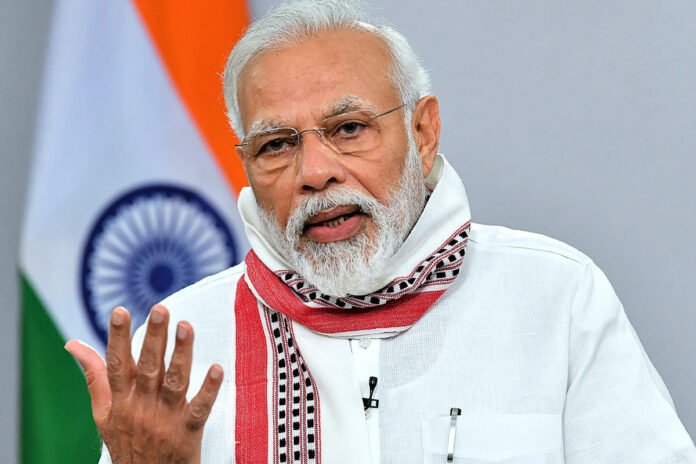
As India gears up for the next phase of governance, Prime Minister Narendra Modi has unveiled his vision for the future, outlining a roadmap for the country’s development over the next five years. With the Lok Sabha elections looming on the horizon, Modi’s address comes at a crucial juncture, setting the tone for his government’s agenda and priorities in what many are referring to as “Modi 3.0 Sarkar.”
In a recent speech, Prime Minister Modi articulated his government’s commitment to building a New India characterized by progress, prosperity, and inclusivity. Emphasizing the need for transformative reforms across various sectors, Modi outlined key areas of focus that will drive the nation’s growth trajectory in the coming years.
Central to Modi’s vision is the goal of economic revival and job creation. Recognizing the challenges posed by the COVID-19 pandemic and its impact on the economy, the Prime Minister reiterated his administration’s resolve to accelerate growth and generate employment opportunities. Initiatives such as Atmanirbhar Bharat and Make in India will continue to be central pillars of the government’s strategy, fostering self-reliance and promoting domestic manufacturing.
Furthermore, Modi underscored the importance of infrastructure development as a catalyst for economic growth and regional connectivity. From modernizing transportation networks to expanding digital infrastructure, the government aims to bolster India’s competitiveness on the global stage while enhancing the quality of life for its citizens. Ambitious projects such as the Bharatmala Pariyojana and the Sagarmala Programme are poised to transform the country’s infrastructure landscape, facilitating seamless movement of goods and people across the nation.
In addition to economic revitalization, Prime Minister Modi reiterated his administration’s unwavering commitment to social welfare and inclusive development. Initiatives such as Ayushman Bharat and PM-Kisan have already made significant strides in improving healthcare access and livelihood opportunities for millions of Indians. Going forward, the government intends to ramp up efforts to ensure the delivery of essential services to the most marginalized sections of society, empowering them to participate fully in India’s growth story.
Education and skill development emerged as another key priority in Modi’s address, with a renewed focus on equipping the youth with the tools they need to thrive in a rapidly evolving global landscape. The recently launched National Education Policy (NEP) seeks to revolutionize India’s education system, emphasizing holistic learning and fostering creativity and innovation among students. By promoting digital literacy and vocational training, the government aims to empower the workforce of tomorrow and unlock India’s demographic dividend.
Moreover, Prime Minister Modi reaffirmed his government’s commitment to environmental sustainability and climate action. Initiatives such as the Swachh Bharat Mission and the International Solar Alliance demonstrate India’s proactive stance on environmental conservation and renewable energy adoption. As the world grapples with the existential threat of climate change, India stands poised to emerge as a global leader in green technology and sustainable development.
As the country prepares to head to the polls, Modi’s vision for the next five years serves as a rallying cry for his supporters and a blueprint for India’s future trajectory. With a renewed mandate, the Prime Minister aims to build on the successes of his previous terms while addressing the challenges that lie ahead. From economic revival to social empowerment, the Modi government’s agenda reflects a comprehensive approach to nation-building, rooted in the principles of progress, inclusivity, and resilience.
However, amidst the optimism surrounding Modi’s vision for the future, challenges remain aplenty. From addressing agrarian distress to tackling unemployment, the government will need to navigate a complex array of issues to fulfill its promises to the people. Moreover, in a diverse and pluralistic democracy like India, consensus-building and dialogue will be essential in driving meaningful change and fostering national unity.
In addition, as India stands on the cusp of a new era of governance, Prime Minister Narendra Modi’s articulation of his vision for the next five years signals a renewed sense of purpose and determination. With bold reforms and strategic initiatives, the Modi 3.0 Sarkar aims to propel India towards a brighter, more prosperous future, leaving behind a legacy of progress and transformation for generations to come.
